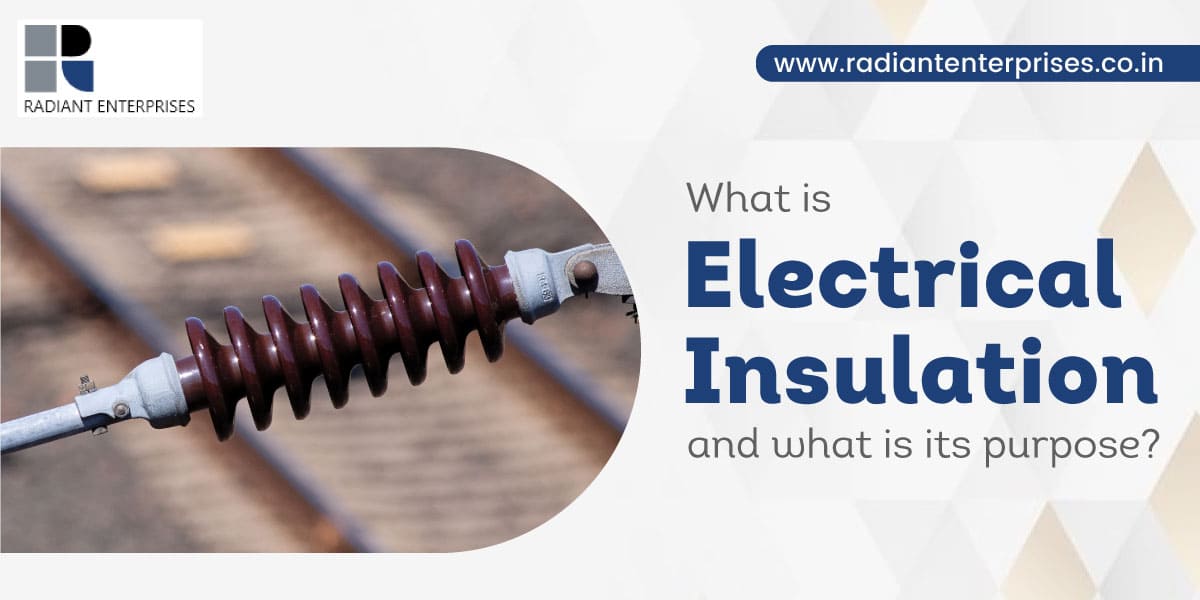
Fill all information details to consult with us to get services from us

Any device that transports electricity is designed to do so safely and with some form of insulation. The insulation prevents current from flowing between the conductors, as well as between the conductors and the ground. As a result, it's critical that the insulation has the conductor's opposite transfer qualities.
Metallic conductors are the most common. Copper and aluminium are the most prevalent, and both are recognised to be excellent conductors of electric current due to their high current carrying capacity and consistent thermal properties.
Radiant Enterprises is the most remarkable and distinguished Bushing Insulator Manufacture in India.
Non-metallic materials are commonly used for insulation. PVC, plastic, and rubber make up the majority of electrical insulation. It should be able to resist current and retain it inside the conductor's path. Many of the greatest insulators are made of man-made materials.
Insulation should not, in theory, convey electrical current. However, there is no such thing as a perfect insulating material. Every type of insulation provides resistance; in most cases, the resistance of the material is extremely great, but it is not limitless. Obviously, the higher the resistance, the better the material's insulation potential.
Radiant Enterprises is one of the excellent as well as most popular Electrical Insulation Manufacturers in India.
Conductors are held in place by electrical insulators, which separate them from one another and from adjacent buildings. They serve as a barrier between energised elements of an electric circuit, limiting current flow to wires or other conducting routes. The efficient operation of all electrical and electronic apparatus necessitates the insulation of electrical circuits. As electrical insulators, a variety of materials are employed, with the choice based mostly on the specific needs of each application. Rubber or plastics are used to insulate copper conductors in the electrical wiring of households and industrial plants from each other and from the structure.
Overhead electricity wires are supported by porcelain insulators that do not corrode when exposed to the elements. Mica is commonly used to insulate large electric generators and motors that run at high voltages and temperatures. Solid insulation is used in conjunction with liquid or gaseous insulation in various situations. Solid insulation, for example, provides mechanical stiffness in high-voltage transformers, while oil or other liquid substances contribute to enhanced insulation strength and serve to remove heat from the equipment. Insulating materials such as silicon nitride can be used in the tiny structures of integrated circuits in thicknesses as little as a micron.
If you are looking for the most reputed as well as renowned Gas Insulated System Manufacturer in India, Radiant Enterprises is the right choice for you.